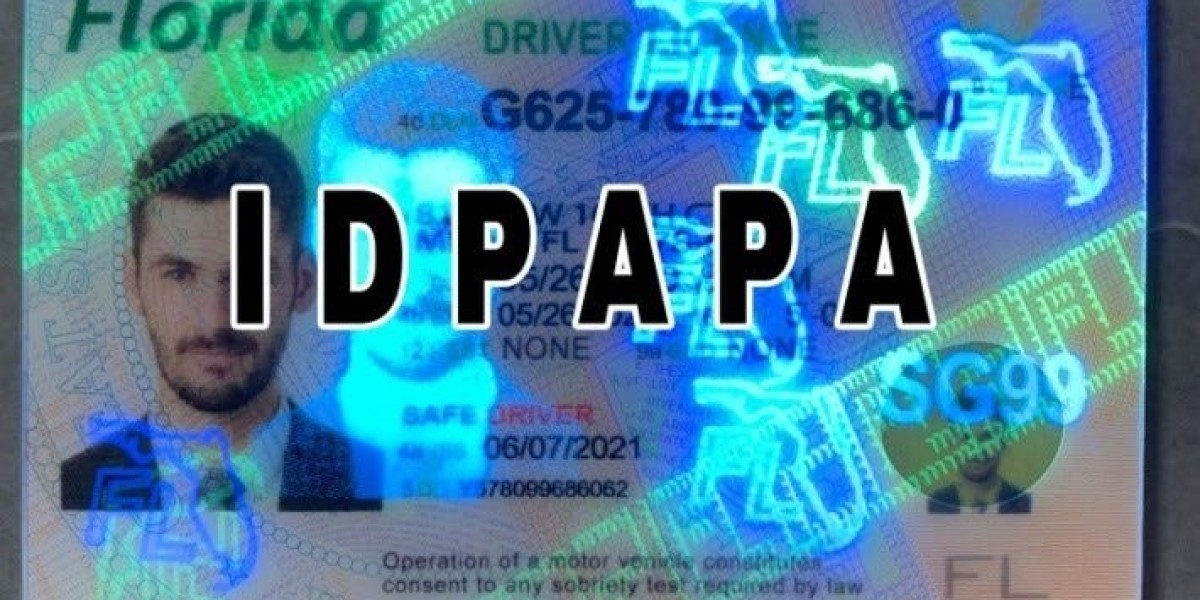Fake IDs have become a prevalent issue in various industries, including but not limited to age-restricted services, online marketplaces, and financial institutions. Detecting and mitigating the use of fake IDs is crucial to maintain security and compliance. Here, we'll explore some of the most effective methods for identifying and preventing fake IDs review processes.
Utilizing Advanced ID Verification Technology: Implementing cutting-edge ID verification technology is one of the most effective ways to combat fake IDs. This technology employs sophisticated algorithms and machine learning models to analyze ID documents for authenticity. It can detect anomalies, such as altered images or mismatched information, that may indicate a fake ID.
Multi-Factor Authentication (MFA): Incorporating multi-factor authentication adds an extra layer of security to the ID verification process. In addition to checking the physical ID, MFA requires the user to provide additional information or perform a secondary action to confirm their identity. This could involve sending a verification code to a registered mobile device or using biometric data like fingerprints or facial recognition.
Document Authentication Services: Employing specialized document authentication services can be highly effective in detecting fake IDs. These services utilize databases of legitimate IDs and employ advanced scanning techniques to compare the submitted document with known authentic examples. This approach can help identify forged or counterfeit documents.
Training Reviewers and Staff: Properly trained staff are a crucial line of defense against fake IDs. Providing comprehensive training on how to spot potential signs of a fake ID, such as discrepancies in fonts, holograms, or security features, is essential. Regular refresher courses and access to updated information on the latest forgery techniques can also help maintain a high level of vigilance.
Behavioral Analysis: Incorporating behavioral analysis into the ID review process can provide an additional layer of security. This involves assessing user behavior and interaction patterns to identify any suspicious activity. For example, if a user rushes through the verification process or repeatedly attempts to submit a document, it may raise red flags.
Utilizing AI-Powered Fraud Detection: Artificial intelligence (AI) can play a pivotal role in detecting fake IDs. Machine learning models can be trained on vast datasets of both legitimate and fake IDs, allowing them to identify subtle patterns or anomalies that may not be evident to human reviewers. This advanced level of automation can significantly enhance the efficiency and accuracy of the review process.
Regularly Updating and Adapting Security Measures: Staying ahead of fraudsters requires continuous adaptation. Regularly updating security measures and incorporating the latest technologies and techniques is crucial. This could involve adopting new verification standards, integrating emerging technologies, or modifying existing protocols based on evolving threats.
Collaboration with Law Enforcement and Regulatory Agencies: Establishing partnerships with law enforcement agencies and regulatory bodies can provide valuable insights and resources in the fight against fake IDs. Sharing information about emerging trends and threats can lead to more effective prevention strategies.
In conclusion,
Combating fake IDs review processes requires a multi-faceted approach that combines advanced technology, well-trained staff, and ongoing vigilance. By leveraging a combination of ID verification technology, multi-factor authentication, behavioral analysis, and AI-powered fraud detection, businesses and organizations can significantly enhance their ability to identify and prevent the use of fake IDs. Regularly updating and adapting security measures, along with collaboration with relevant authorities, further fortifies these defenses against evolving threats.
For more information visit IDPAPA








